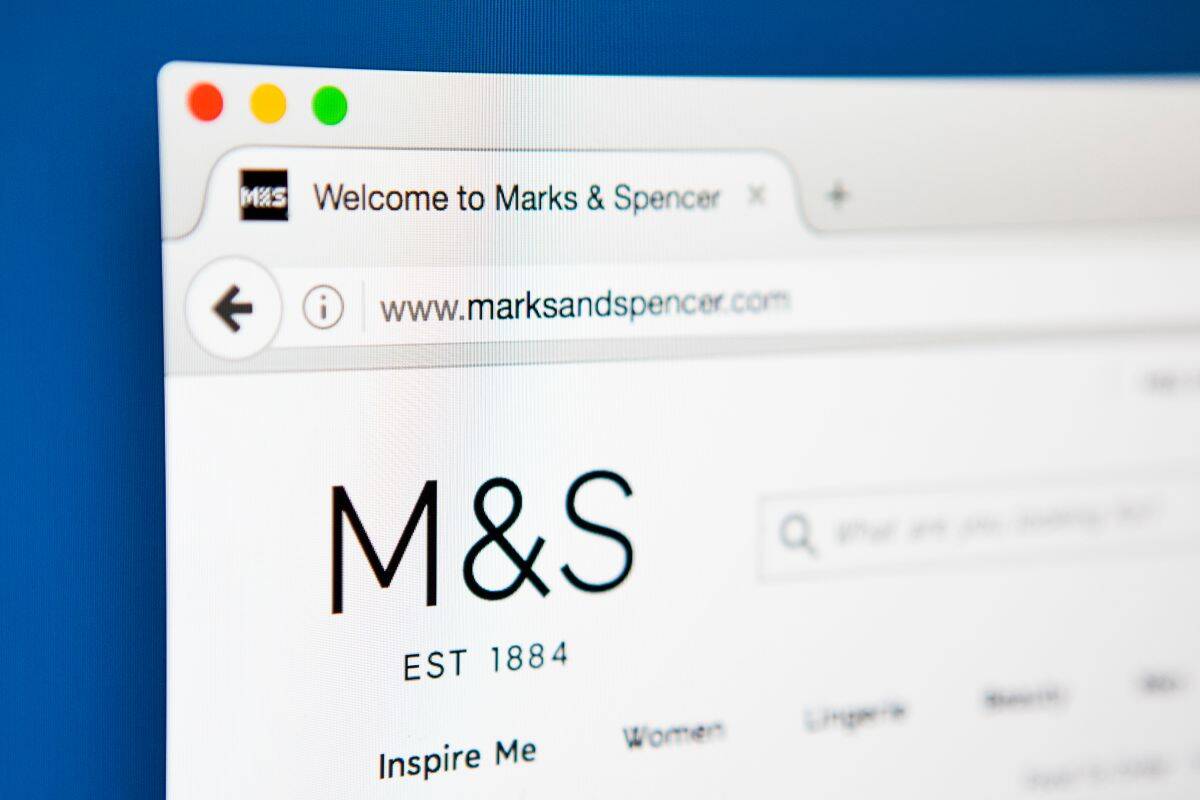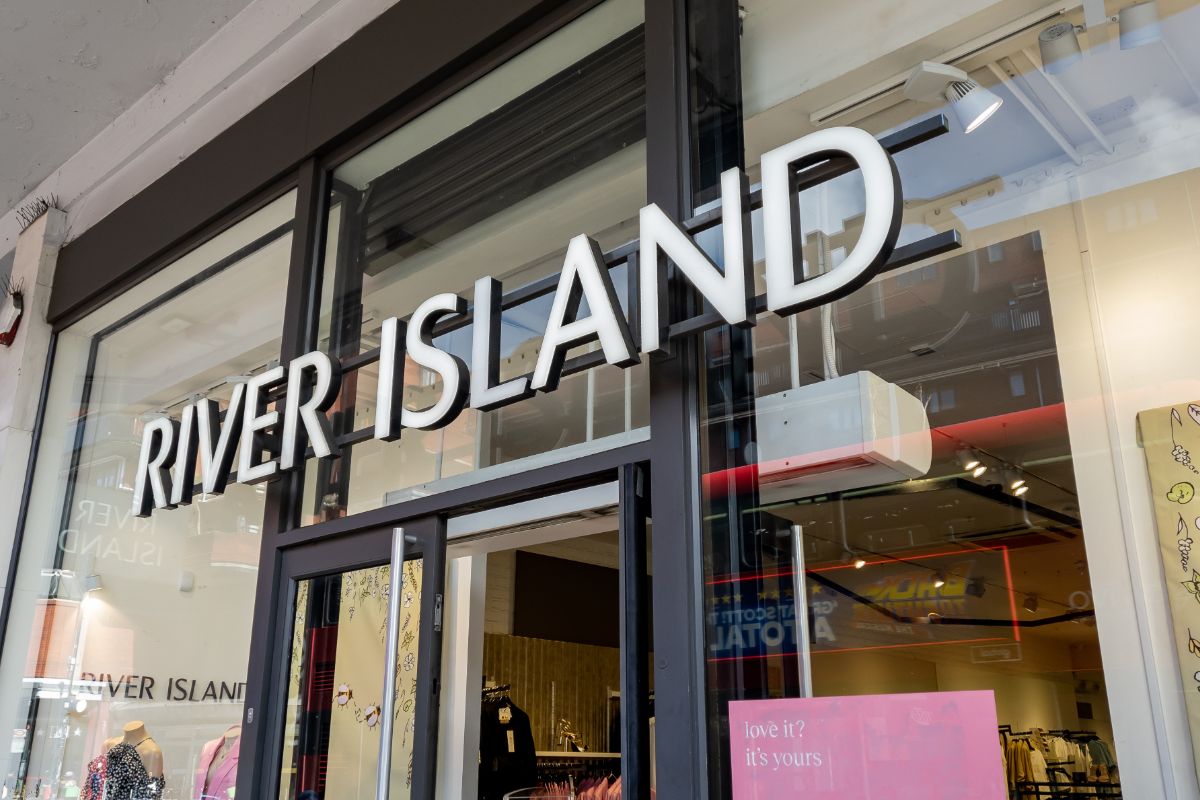Amazon Ads, the lucrative advertising arm of the marketplace giant, has launched Amazon Retail Ads, a new retail media ad placement and management service for US retailers that aims to allow retailers to select and manage brand and product ads via their AWS accounts.
Launched at CES in Las Vegas last week, the service is currently only available in the US and is in beta with multiple retailers, including iHerb, Oriental Trading Company, and Weee!, and launching with Tilly’s with more retailers soon Amazon Ads says.
How it works
According to Amazon Ads, participating retailers can use the service to quickly, easily, and cost-effectively deliver contextually relevant ads in the right place and at the right time in their online stores. Their customers can click on an ad and complete their purchase in the retailer’s online store.
In addition, retailers can also choose to make their advertising offerings available via the Amazon Ads console and APIs. This makes it easy for Amazon advertisers to discover additional opportunities to scale their reach. It also simplifies managing ad campaigns across multiple retailers with consistent reporting, enabling faster understanding of campaign performance and easier campaign optimization.
“Amazon Retail Ad Service helps retailers enhance their shopping experience with highly relevant advertising that guides customers through the shopping journey, helping their shoppers with product discovery and making informed purchase decisions,” said Paula Despins, Vice President of Ads Measurement. “We’ve designed this to be a win for retailers, advertisers, and shoppers, and we look forward to seeing how it improves outcomes, drives sales, and enhances the shopping experience.”
What does it mean for retail media?
Operating separately from Amazon’s own extensive retail media offering, Amazon Retail Ads very much looks like a way to democratise the benefits of retail media among smaller retailers who may have first party data of specific consumer niches that, on its own, isn’t valuable enough to invest in creating a bespoke retail media offering. This service instead allows these plays to exploit their data’s value with much lower entry costs.
Neil Folgate, SVP of Global Marketing at one of Amazon Retail Ad’s launch customers iHerb, says: “This innovative solution and proven technology allow us to deliver more relevant and personalized ads to our shoppers, enhancing their experience while driving stronger engagement and conversions,” said “With over 1,200 shared brands already active on Amazon Ads, this creates a frictionless opportunity for advertisers to connect with iHerb’s highly motivated audience and drive measurable results.”
The service also makes it easy for retailers to offer their advertising to brands already using Amazon Ads, providing retailers a streamlined connection to advertisers, says Amazon. Advertisers will see available retailers in their Amazon Ads console or API integrations. They will then be able to create and manage their campaigns for each retailer and access reporting seamlessly through existing workflows that are familiar to them. This centralized approach saves time and resources while expanding reach. Advertisers also benefit from the reassurance that comes with using the same ad technology and machine learning models that drives their performance in Amazon’s store.
“Amazon’s Retail Ad Service has the potential to be transformative for advertisers. It leverages high-performance advertising technology to simplify campaign management with access through a single service provider: Amazon Ads. This streamlined approach allows us to efficiently manage our advertising efforts across multiple retailers, maximizing our reach” said Drew Habeck, SVP of Media, at Flywheel. “Tapping into Amazon’s expertise in delivering relevant, contextual advertising at all points of the consumer path to purchase is invaluable. The consistent measurement, reporting, and purchase data across different retail platforms is incredibly insightful for campaign performance and optimization. We’re thrilled about the potential this service has to enhance our advertising strategies and drive better results for our clients.”
Potential downsides
Smaller retailers without the resources needed to develop their own retail media networks will benefit the most, because they’ll now get a seat at the table,” says Kayla Corridon, Senior Director of Commerce Media at Mars United. “Larger players may hesitate because of the competitive implications — especially around data sharing. But might the draw of Amazon’s capabilities prove too tempting to resist? Will we see large-scale adoption?”
There is also the issue that this could cannibalise ad revenue streams rather than add more spend to the retail media sector. The proof of the pudding will be not just in whether more brands advertise through a larger number of smaller retailers, but also if that spend is new or not.
Fork in the road moment?
This question of whether this opens up retail media to more players, the role that larger retailers with existing retail media networks play in a world of Amazon Retail Ads and what it does to third party retail media ad tech suppliers forces the retail media ecosystem to take a look at where it wants to go, think some in the industry.
Regina Ye, CEO and Co-Founder of Topsort, a retail media platform company – and self-proclaimed Criteo and Koddi disruptor – says: “With this move by Amazon, the industry is being forced to quickly react and push back on the marketplace giant as this is, in our view, an attempt by Amazon to monopolize the retail media ecosystem and it poses a real threat to other retailers. You could even say the industry saw this move coming, as we’ve seen big retailers already moving away from AWS recently.”
She adds: “The battle for who comes out on top in the retail media space has been accelerated greatly. We see this as a fork in the road moment for retailers who want to own their own destiny. Now really is the time for these retailers to arm themselves with the best retail media technology to not be solely reliant on big tech.”









